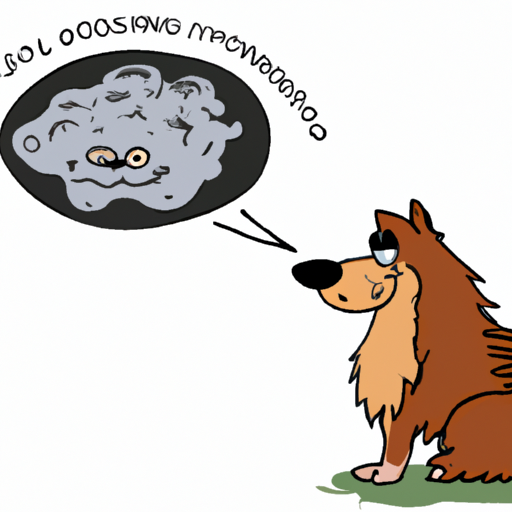Greetings, dear caregiver. I understand that your companion’s health is your top priority, so let’s delve into a topic that might be of interest to you – Blastomycosis in dogs, commonly known as ‘Blasto.’
Understanding Blasto
Blastomycosis is a systemic fungal infection caused by the spore-bearing Blastomyces dermatitidis and Blastomyces gilchristii. These fungi are primarily found in moist soil and decaying organic matter, especially in areas near water bodies.
- Blasto Infection: When your dog inhales the spores, they can develop a Blasto infection. The spores transform into yeast in the lungs and can spread to other parts of the body.
- Susceptibility: Dogs with a strong hunting instinct or those who spend a lot of time outdoors are more susceptible. No breed is immune to Blasto, but larger breeds and males seem to be more prone.
- Geographical Regions: Blasto is endemic in parts of the United States, particularly around the Mississippi, Ohio, Missouri, and Tennessee River valleys.
Signs and Symptoms of Blasto in Dogs
Just like humans, dogs display symptoms when they are not feeling well. These symptoms can be physical or behavioral changes. In the case of Blasto, symptoms can vary widely, and some dogs may even show no symptoms at all.
- Respiratory symptoms: Coughing, difficulty breathing, and exercise intolerance.
- Eye problems: Inflammation, redness, cloudiness, or vision loss.
- Skin lesions: Small, draining sores primarily on the nose or nail beds.
- General signs: Weight loss, loss of appetite, fever, and lethargy.
Diagnosis and Treatment
Diagnosis of Blasto can be challenging due to its varied symptoms, often mimicking other diseases. Your vet might use a combination of the below tests for an accurate diagnosis:
| Test | Description |
|---|---|
| Blood Tests | To check for antibodies against Blastomyces. |
| Urine Tests | To detect Blastomyces antigens. |
| Tissue Biopsy | To identify the yeast form of Blastomyces in infected tissues. |
Treatment involves antifungal medications, usually for several months. In severe cases, hospitalization and supportive care may be required.
Preventing Blasto
Preventing Blasto can be challenging, given that the fungi are naturally occurring. However, some measures can be taken:
- Limit your dog’s outdoor activities, especially in endemic areas.
- Prevent your dog from digging in soil or decaying wood.
- Regular vet check-ups, particularly if your dog is displaying any unusual symptoms.
Long-Term Impact and Prognosis
The prognosis for dogs with Blasto depends on the severity and location of the infection. With early diagnosis and proper treatment, most dogs can fully recover. However, relapses can occur, and the disease can be fatal if left untreated.
Remember, it’s crucial to monitor any changes in your dog’s health and seek veterinary attention promptly.
Frequently Asked Questions
1. Can Blasto spread from dogs to humans?
While humans can contract Blasto, it’s not typically spread from dogs to humans. Both dogs and humans contract the disease from the same source – the Blastomyces fungi in the environment.
2. What is the incubation period for Blasto in dogs?
The incubation period can range from a few days to several weeks, typically around 1 to 3 months.
3. Can my dog get Blasto more than once?
Yes, previous infection does not provide immunity, and your dog can get re-infected.
4. Are certain dog breeds more susceptible to Blasto?
While Blasto can affect any breed, larger breeds and male dogs seem to be more susceptible.
5. Is there a vaccine for Blasto?
Currently, there is no vaccine available for Blastomycosis.
In conclusion, understanding Blasto is a step towards ensuring your companion’s health and well-being. Stay vigilant, recognize the signs, and seek veterinary care promptly. After all, a healthy dog is a happy dog!



